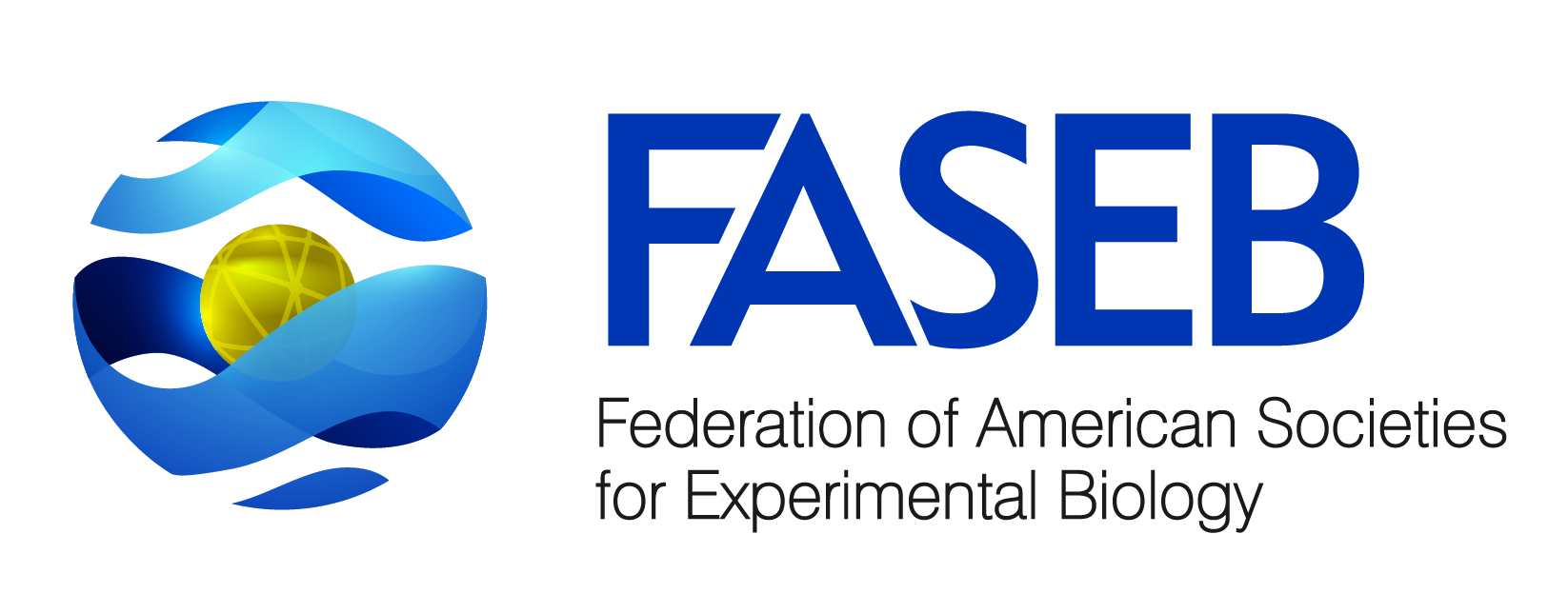EMBARGOED UNTIL Monday, April 23, at 12:25 p.m.
Newswise — SAN DIEGO, April 23, 2012 – A research team this week will present findings that they say may finally explain the link between alcohol consumption and breast cancer.
“Cells have different mechanisms to remove toxic substances, such as ethanol, the chemical name for alcohol, that represent a potential risk to them,” explains María de Lourdes Rodríguez-Fragoso, professor of pharmacology and toxicology at the Universidad Autonoma del Estado de Morelos in Mexico. “Unfortunately, sometimes these mechanisms produce other toxic substances, including some that are associated with the development of different types of cancer.”
At 12:25 p.m. Monday, April 23, Rodríguez-Fragoso will present her group’s work at the annual meeting of the American Society for Biochemistry and Molecular Biology, held in conjunction with the Experimental Biology 2012 conference in San Diego.
Alcohol consumption has long been established as a risk factor for breast cancer. But finding the direct link that makes it so has so far proved elusive. Now, Rodríguez-Fragoso and her collaborators think that they have found the answer, a protein called CYP2E1.
“We knew that CYP2E1 could break down ethanol and that doing so created unstable, highly reactive chemicals known as free radicals,” she says. Working with researcher Scott Burchiel and his group at the University of New Mexico, Rodríguez-Fragoso’s team had previously found that free radicals were associated with activation of cellular mechanisms that lead to tumor development. “The question then was, does having more CYP2E1 make you more susceptible to ethanol-induced toxicity, thereby increasing your risk of developing cancer?”
CYP2E1 is found in breast cells known as mammary epithelial cells, which are also where most breast cancers originate, suggesting to the researchers that CYP2E1 may be involved in breast cancer development. To test this hypothesis, the researchers administered ethanol to separate cultures of mammary epithelial cells that had varying levels of CYP2E1. Cells that expressed low levels of CYP2E1 were mostly immune to the effects of the ethanol treatment; however, cells with increased amounts of CYP2E1 protein were greatly affected, suggesting that women with higher expression levels of the protein would show similar responses.
Significantly, points out Rodríguez-Fragoso, “our results showed that ethanol-treated human mammary cells had an increase in free radical production, oxidative stress and the activation of cellular mechanisms that cause cells to increase their proliferation rate,” all hallmarks of cancer. “So if you are a woman who naturally expresses higher levels of CYP2E1 and you consume alcohol, you would be at a greater risk for developing breast cancer than a woman who expresses lower amounts of CYP2E1,” she explains.
A few months ago, the group started investigating CYP2E1 expression levels in breast tissue obtained from healthy women who had undergone mammaplasties. “Preliminary results show that there is great variability in the expression of this enzyme among the analyzed samples,” says Rodríguez-Fragoso. “This means that each individual will have a different response to alcohol, and each should take different precautions to minimize their risk of developing breast cancer.”
With these results in hand, Rodríguez-Fragoso expressed confidence that her group will be able to develop a method of diagnosis that would focus on the determination of expression levels of CYP2E1 in breast tissue. “If you know the risk probability of certain behaviors on your likelihood of developing cancer, then you can better understand what preventative measures you should be taking,” she emphasizes.
The Center for Disease Control and Prevention estimates that breast cancer will be responsible for nearly 40,000 deaths this year alone, with an additional 220,000 diagnoses. “If we can prevent the development of breast cancer associated with alcohol intake by timely diagnoses of markers such as CYP2E1,” says Rodríguez-Fragoso, “then the annual numbers of new cases and deaths could be diminished significantly.”
###
About Experimental Biology 2012Experimental Biology is an annual gathering of six scientific societies that this year is expected to draw 14,000-plus independent scientists and exhibitors. The American Society for Biochemistry and Molecular Biology (ASBMB) is a co-sponsor of the meeting, along with the American Association of Anatomists (AAA), American Physiological Society (APS), American Society for Investigative Pathology (ASIP), American Society for Nutrition (ASN) and the American Society for Pharmacology and Experimental Therapeutics (ASPET).
More information about EB2012 for the media can be found on the press page: http://experimentalbiology.org/EB/pages/Press-Registration.aspx.
About the American Society for Biochemistry and Molecular Biology The ASBMB is a nonprofit scientific and educational organization with more than 12,000 members worldwide. Most members teach and conduct research at colleges and universities. Others conduct research in various government laboratories, at nonprofit research institutions and in industry. The Society’s student members attend undergraduate or graduate institutions. For more information about ASBMB, visit www.asbmb.org.
